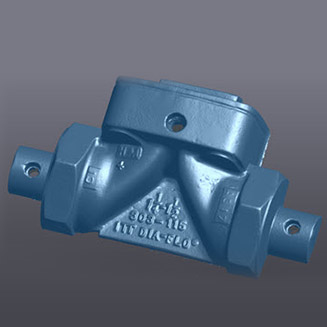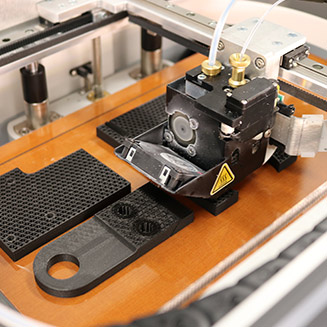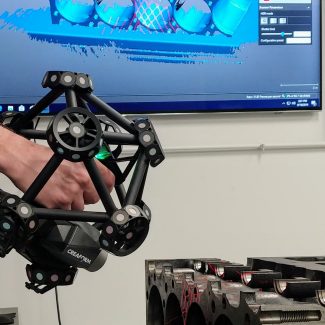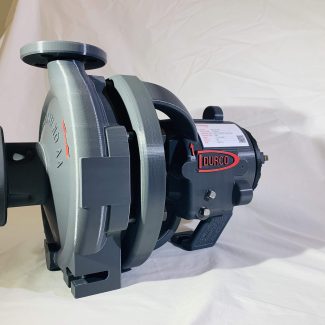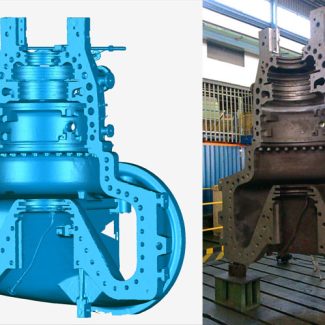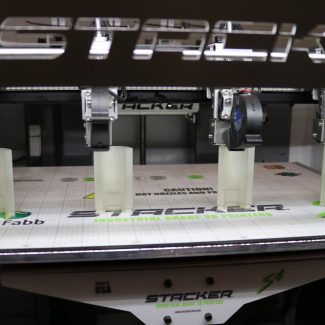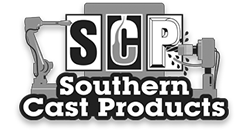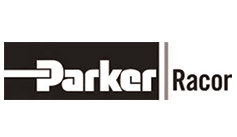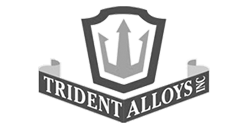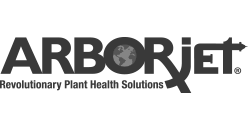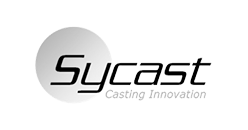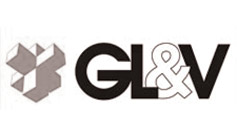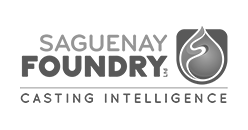In the world of metalworking, where parts and components shape the backbone of various industries like manufacturing, healthcare, and government projects, the process of reengineering holds a pivotal role.
Reengineering involves refining the methods for creating metal parts just as a master craftsman would refurbish a cherished artifact. This article explores the intriguing world of reengineering in the casting industry, exploring how this process, coupled with advanced technologies like 3D printing and scanning, revolutionizes the creation of precise, durable, and efficient metal components.
Understanding Reengineering
Reengineering in casting involves rethinking how metal parts are made. It’s like finding new ways to create things from metal. That helps industries make stronger, better, and more precise parts.
Why Reengineering Matters
The significance of reengineering for industries employing casting methods cannot be overstated. It’s not just about achieving perfect part fittings; rather, it’s the transformation that results in enhanced strength and durability.
When reengineering is done well, it brings lots of benefits. The metal parts become more accurate and fit together perfectly. That means fewer mistakes and less waste for industries. Moreover, reengineering can make the parts stronger. It is vital for industries like medicine and manufacturing. Stronger parts mean safer products and machinery.
Role of 3D Printing and Scanning
3D printing and scanning play a big part in reengineering the casting industry. These technologies help create detailed designs quickly. They make it easier to fix problems by analyzing prototypes before making the final metal part.
It improves turnaround times and streamlines supply chains. It also lowers transportation and storage expenses and shortens lead times for essential replacement parts in on-demand production.
Process of Reengineering
Reengineering in the casting industry involves a detailed and strategic approach. That, in turn, improves the manufacturing process of metal parts. Let’s discuss the process in some detail:
Assessment and Analysis
First, the engineers and experts need to assess the existing methods and components. They identify inefficiency or inconsistencies, weaknesses, and ultimately areas for improvements/enhancements.
Then comes the data collection. It involves analyzing current casting techniques, material properties, design flaws, and performance issues. These can be handled through 3D scanning as it can create digital models of existing parts for further evaluation.
Design and Planning
The next step is for engineers to brainstorm and then conceptualize innovative ideas. They try to overcome previously identified flaws and limitations. This stage might involve creating or modifying new designs for optimal outcomes.
Planning and designing also cover prototyping. Engineers can create prototypes through 3D printing technology. They undergo extreme testing and validation to assess their functionality and durability to see their compatibility with the intended applications.
Testing and Validation
During the analysis phase, advanced software tools simulate the behavior of the proposed designs under various conditions. This step helps predict how the redesigned parts will perform in real-world applications.
Then, it’s the turn for testing. Prototypes are physically tested in controlled environments to ensure they meet performance standards.
Refinement and Optimization
Based on the results of testing and analysis, engineers refine the designs further. This iterative process aims to optimize the part’s performance, strength, precision, and manufacturability.
Then, adjustments are made to the design as necessary, considering feedback from the testing phases. The goal is to achieve the most efficient and effective design for casting.
Implementation
Upon finalizing the optimized design, engineers prepare for its integration into the casting process. This might involve retooling manufacturing equipment or updating production protocols to accommodate the new design.
Traditional casting methods are used but with improved designs. Molds and patterns are created based on the refined designs to produce the final metal parts.
Quality Assurance and Continuous Improvement
Throughout the manufacturing process, quality control measures are implemented to ensure that the produced parts meet the specified standards of durability, accuracy, and performance.
Continuous monitoring and gathering of performance data post-implementation provide insights for further enhancements. This ongoing feedback loop facilitates continuous improvement in the re-engineered parts and processes.
Reengineering in the casting industry is like giving an old machine a new and better engine. It’s about making things work smoother, faster, and stronger. With the help of 3D printing and scanning, industries can create better metal parts. These parts fit together perfectly and make industries run more efficiently.
For businesses looking to improve their metal parts, reengineering with the help of 3D printing and scanning is the way to go. It saves time and money and ensures stronger, more precise parts for industries.
Contact Celero Partners to level up your casting processes with our advanced 3D printing and scanning solutions.

